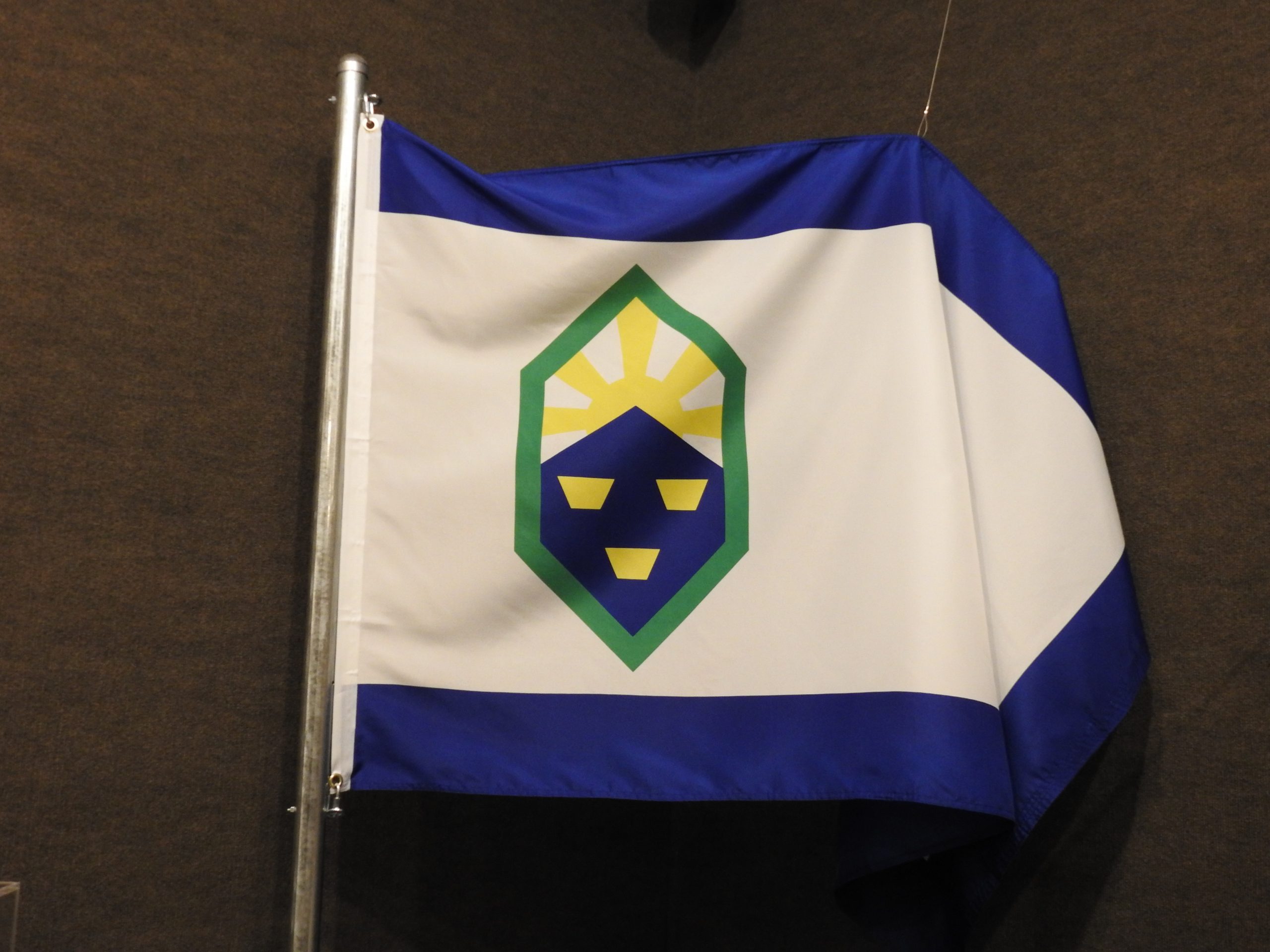One of the Nuu-ciu Chiefs who traveled back to Colorado Springs for Shan Kive in 1911 was Chief Buckskin Charlie. This was the first time he and his people had been allowed back to the Pikes Peak region in 30 years. Buckskin Charlie was born near Garden of the Gods in 1840. At that time, the Nuu-ciu’s ancestral homeland stretched from present-day Colorado’s eastern plains to the mountains and mesas of eastern Utah and Northern New Mexico. According to the oral history of the Nuu-ciu, this region has always been their homeland and archaeologists agree the Nuu-ciu are Colorado’s oldest continuous residents.
In 1858 when Buckskin Charlie was only 18 years old, a period of unimaginable change began when gold was discovered in the Colorado Territory. Thousands of miners and settlers flooded the region, and soon the Nuu-ciu found themselves in a losing battle to keep their homeland.
When Chief Ouray died in 1880, Buckskin Charlie became the new Chief of the Southern Ute. Like Chief Ouray, Buckskin Charlie knew his people could not win a fight with the hoards of newcomers. Instead, Buckskin Charlie and the Tribal Elders negotiated with the United States government to retain a portion of their traditional homeland for their reservation.
The seven bands of the Nuu-ciu were forced to live on three separate reservations—the Southern Ute and Ute Mountain Ute reservations in southwestern Colorado, and the Uintah Ouray reservation in northeastern Utah. They were ordered never to return to their original homes.
Chief Buckskin Charlie is credited with helping his people to adapt to life on the reservation while keeping alive their traditional ceremonies, religion, festivals and language. When Buckskin Charlie died in 1936 at the age of 96, he had lived to see the Nuu-ciu begin to thrive. Buckskin Charlie’s son Antonio Buck became the last hereditary Chief of the Southern Ute, and also the first elected chairman of the new Tribal Council organized in 1936.
Today the Southern Ute Reservation is composed of 1,064 square miles in southwestern Colorado. Although the reservation remains a focal point, the Nuu-ciu live wherever they choose. Some have returned to the Colorado Springs area to live near their home mountain, Pikes Peak, that they call “Tava” meaning “Sun.” At dawn, Tava is the first Colorado mountain to catch the sun’s rays.
Generously Submitted by Melissa Walker, Naturalist & Interpreter


